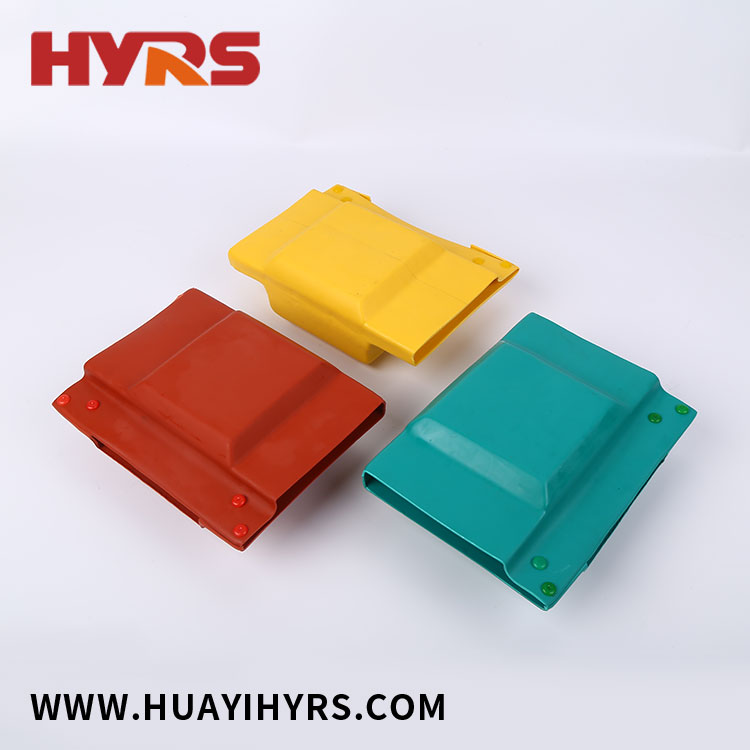Key features and functions of a bus-bar box
2024-04-10
A bus-bar box, also known as a bus-bar chamber or bus-bar enclosure, is a protective housing used to contain and insulate electrical bus-bars within an electrical distribution system. Bus-bars are conductive bars or strips typically made of copper or aluminum that serve as a common electrical connection point for multiple circuits within a power distribution network.
Here are the key features and functions of a bus-bar box:
1. Enclosure: The bus-bar box provides a secure and enclosed space to house the bus-bars, protecting them from environmental factors such as dust, moisture, and physical damage. The enclosure is usually made of materials like metal or plastic, chosen for their durability and electrical insulation properties.
2. Insulation: Inside the box, the bus-bars are often insulated from each other and from the enclosure to prevent electrical short circuits and ensure safety. Insulation materials such as insulating barriers, insulating tapes, or insulating coatings may be used to achieve this.
3. Connection Points: Bus-bar boxes typically feature connection points for incoming and outgoing electrical cables or conductors. These connection points allow the bus-bars to be connected to external circuits or equipment, facilitating the distribution of electrical power.
4. Access: The bus-bar box is designed to allow easy access for installation, maintenance, and inspection of the bus-bars and associated components. This may involve features such as removable covers, hinged doors, or access panels that provide convenient entry to the interior of the enclosure.
5. Safety Features: Bus-bar boxes are equipped with safety features to minimize the risk of electrical hazards. This may include grounding provisions, short-circuit protection devices, overcurrent protection, and warning labels or markings indicating the presence of live electrical components.
6. Cooling and Ventilation: In some applications, bus-bar boxes may incorporate provisions for cooling and ventilation to dissipate heat generated by the electrical currents flowing through the bus-bars. This helps prevent overheating and ensures the reliable operation of the electrical system.
7. Modularity and Expandability: In larger electrical installations, bus-bar boxes may be designed for modular assembly, allowing for easy expansion or reconfiguration of the distribution system as needed. This modularity facilitates scalability and flexibility in accommodating changes to the electrical load or layout over time.
Bus-bar boxes are commonly used in various industrial, commercial, and residential settings where a centralized distribution of electrical power is required. They are essential components of switchgear, distribution panels, and electrical enclosures, playing a critical role in the safe and efficient operation of electrical systems.



